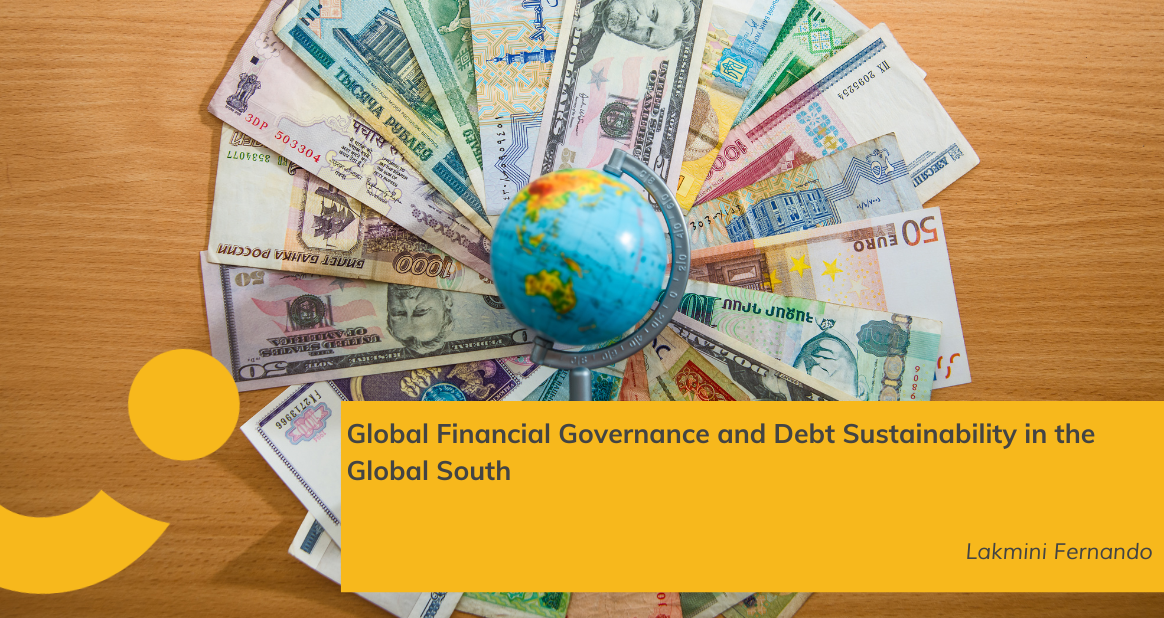South-South Global Thinkers is a global coalition of think tank networks that facilitates the sharing of knowledge, expertise, and perspectives…
Debt in most developing countries is growing, marking the beginning of a new debt crisis and highlighting the need for the global financial system to be transformed to address global inequalities. Despite the importance of debt sustainability analysis (DSA) in assessing debt vulnerability, overoptimistic predictions of economic recovery and unfair treatment of debtors and creditors have weakened its effectiveness.
Thus, simple measures that allow regular debt monitoring could complement DSAs. This article suggests that an independently measured safe debt threshold could be used as a complementary measure alongside DSAs. Analysing the public debt-growth nexus in developing countries, this article shows that the debt threshold of Latin America and the Caribbean is 25% of debt-to-GDP. Further, average debt thresholds of countries with the lowest income levels and lowest quality of governance are 37% and 38% of debt-to-GDP, respectively. Debt thresholds of developing countries are much lower than those of advanced economies.
Thus, the global financial system should facilitate access to non-debt creating alternative financial options, such as improved taxation and increased flow of official development assistance, to replace the need for new borrowing in developing countries. This article contributes to the indebtedness literature by providing an update on regional debt thresholds, and insights into alternative financing tools to ameliorate the debt problem in Global South.


